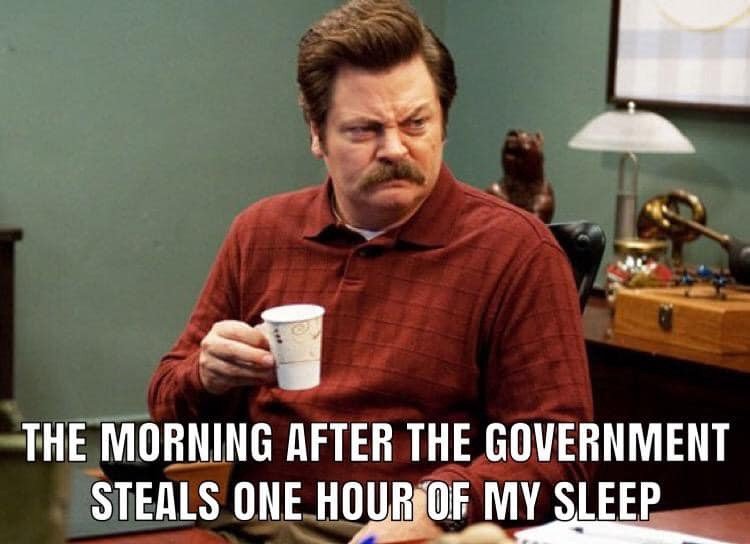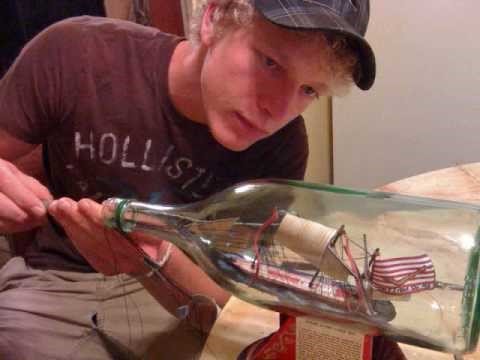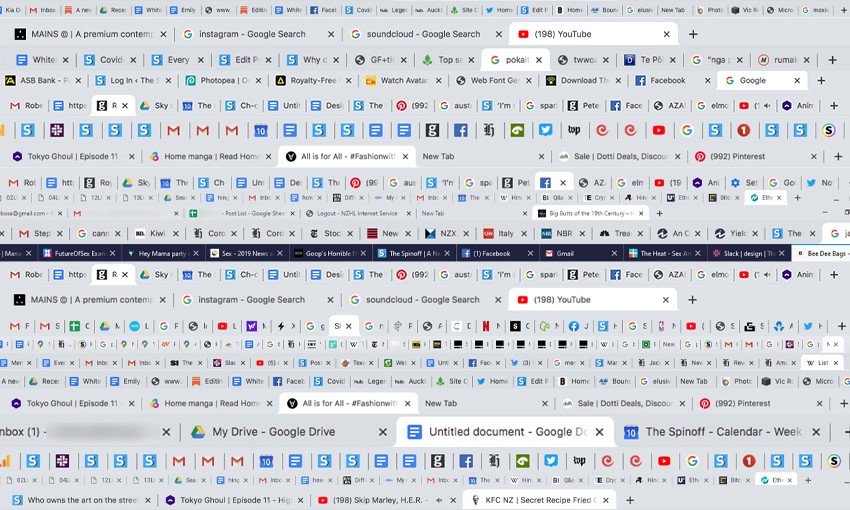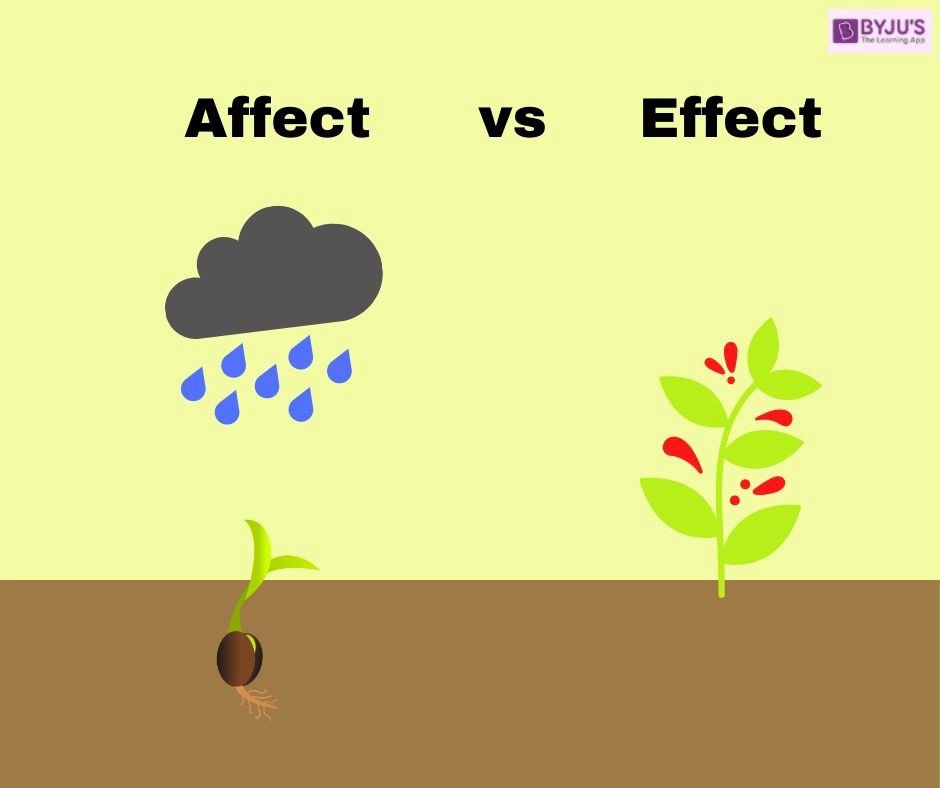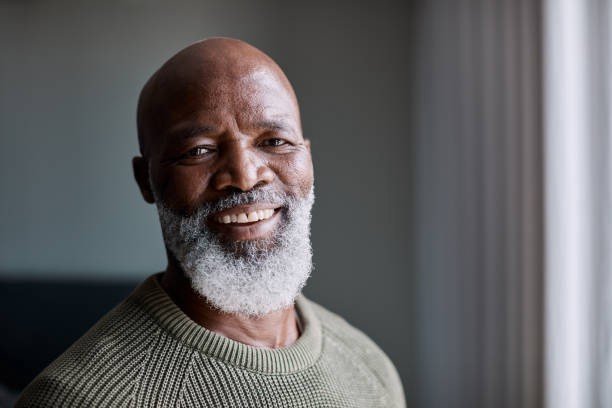The Easiest Way To Battle Stress: Better Than Meds
The Easiest Way To Battle Stress: Better Than Meds
One goal is to share more practical ways I’m reducing my stress and trying to be a better dad.
With that in mind, one of the most frustratingly vague topics in the “self-care” category is meditation.
What is it? How does a normal dude do it?
I’ve been reading a lot about the benefits of breathing techniques to reduce stress (health guru Andrew Huberman talks about using breathing to reduce anxiety and stress on Tim Ferriss’s podcast here).
I discovered a technique I love and have been doing it for over a year.
And I will let you in on a little secret on how I fit it into my daily routine.
that technique…
Box Breathing
I know what you are picturing that time when you were a kid, and you made a robot costume out of old boxes and felt like you couldn’t breath.
Well, it’s not that.
It’s a breathing technique that science shows reduces cortisol, our bodies’ primary stress hormone.
A study by researchers at the University of Colorado Boulder found that breathing exercises were as good as meds at cutting blood pressure.
It even showed promise as a non-drug treatment for mental illness.
Breathing exercises are a practical tool for coping with job (or parenting) burnout.
Breathing techniques are already in widespread clinical use in treating PTSD.
Here’s more science for your science freaks.
Otherwise, all you gotta know is that this shit works!
So, How Do I Do it?
First, let’s use a visual — a box.
A box has four sides, representing the four equal (4 seconds long) steps of the technique
Breath In
4 seconds of inhaling through your nose. Focus on filling the bottom of your belly with breath.
Hold
4 seconds of holding your breath.
Breath Out
4 seconds of exhaling forcefully from your mouth. Purse your lips, and make a wooshing sound as you exhale.
Hold
4 seconds of holding your breath out.
Start over
Now Here’s My Secret To Squeezing It In Everyday
After my workout…my gym buds call it doing the ‘Matt’.
I lay flat on the gym floor….
Close my eyes…
And try for about 10 to 20 boxes (only about 3 to 6 minutes).
Other Notes
For this technique, you can quietly count in your head.
If you prefer external help, you can use a guided mediation app like Insight Timer to count for you.
Think of the entire box breathing sequence like a Set in the gym.
However many sets you want to do is up to you.
As you get used to it, you can adjust the number of sets to your stress levels.
So if you are looking for ways to lower your stress and anxiety…give it a try.
Do it. See if it works.
You deserve it.
This Discovery May Change My Unhealthy Habit Forever
This Discovery Might Change My Unhealthy Habit Forever.
Near beer. How a new trend is great for the brain and body with all the taste and social still in the glass.
Tools for busy dads to take care of themselves and be great for their kids.
I made a discovery.
And it just might change me forever.
Saturday mornings with young kids can be draining.
Especially after celebrating a successful week or putting a difficult week in the past.
A ritual I look forward to every week (good or bad) is enjoying a beer with friends.
I mean, “beer is proof God loves us and wants us to be happy,” right? (I think Big Ben (Franklin) said that).
But with the good comes the bad.
It turns out alcohol, when broken down by the body, turns into poison (acetaldehyde).
According to Stanford neuroscientist Andrew Huberman, alcohol erodes memory, negatively changes the brain’s neural circuits, and increases anxiety.
I’m not going to demonize alcohol because…
I like beer (said with the gusto of Justice Kavanaugh).
But there is an underground trend away from alcohol and its negative effects.
Rockers like Steven Tyler and Ben Harper are walking away from it.
Hard-partying chefs are seeking alternatives.
There are, however, positives to drinking alcohol, or in my case, beer.
I love the social aspect of sharing stories with friends or colleagues.
The good thing is I found a surprising alternative.
And it will likely change my drinking game forever.
The Discovery That Might Change Me Forever
I’ve been experimenting with non-Alcoholic beer (NA).
Or, as I've heard them called near beers.
They have the foamy head and delicious taste of a microbrew but without alcohol.
Near, to a beer, as it gets.
This is not that piss water Odouls.
There are microbreweries dedicated to brewing high-quality NA beer.
The process is simple.
They brew a full-on craft beer and then de-alcohol it.
Traditionally, de-alcoholising beer was to cook off or filter out (osmosis filtering) the alcohol, which removes the flavor.
These specialty NA breweries have designed new methods to de-alcohol the beer that preserve the flavor.
Not only do they taste great, they are also low-calorie (if you’re watching that dad bod, like me).
I found that most were between 60 to 80 calories (half the calories of a regular craft beer).
I’ve tried half a dozen or so varieties, and I found Athletic Brewing and Untitled Art as my favorites.
Note: Forbes article about Athletic Brewing, the 26th fastest-growing company in America.
My fridge is full and I’m considering going mostly or completely NA.
Don’t just take my word for it... here is a review of Well + Good’s top 11 near beers.
So back to our brains and the science. There is hope for our brains.
Professor Huberman’s research shows that after 2 to 6 months of not drinking, the brain returns to normal.
My Takeaway:
NA beer tastes great and is lo-cal.
I still get the social aspect of drinking but without the negative effects of alcohol.
Most bars around me don’t carry tasty NA beer…yet.
But I believe it won’t be long before this underground trend becomes mainstream because of the negative health effects of alcohol.
If you try one, let me know what you think and which is your favorite.
How a joke became a harmful ritual
How this joke became a harmful ritual. Tools for busy dads to raise great kids. Starting with a better you!
Ben Franklin wrote about it.
It was said to be invented by a Kiwi.
It was first tried by Canadians…eh.
And it was popularized by Zee Germans (said with a lispy German accent).
Anyone with young kids knows what a disaster it is.
Daylight savings time (DST).
Last week an hour of sleep was stolen from us, and it felt like a 26-hour day...the longest day ever.
Not to mention the clock confusion around current time vs. non-DST.
Like many parents, we work hard with our kids to establish good sleeping habits and a consistent bedtime.
And then twice a year, it gets totally messed up.
Last week was no exception when we…sprung forward…damn!
It got me thinking,
Who is the sick masochist that came up with this idea?
Why do we keep torturing ourselves?
And
What can be done to stop this madness?
The History of DST
DST was first enacted as a wartime effort to save energy by adding one extra hour of sunlight to the workday (first happened in the US in 1918).
Ben Franklin joked, in 1784, that Parisians should shift their day to save candles.
Currently, like everything, there is a bill stuck in Congress to make DST permanent.
The debate is to DST or not to DST.
Scientists argue that DST is bad because it throws off our sleep.
Going back to 1918, the data set shows a significant increase in heart attacks and depression from DST.
The hour is small but can be drastic to our circadian rhythm.
Those who argue pro-DST say it saves energy, reduces crime, and prevents traffic accidents.
Some have even argued that pushing the sunlight to the end of the day increases shopping.
A group of wise poets once said:
“Cash Rules Everything Around Me. C.R.E.A.M. get the money, dolla dolla bill, y'all,” Wu-Tang Clan.
I’m team NO DST.
It messed me up, and it has messed up our kids' sleeping.
I’m determined to be the only man in Eastern Time Zone working a Central Time Zone schedule.
My proposal:
Get rid of the antiquated law by making the decision that is best for people.
Stop DST but don't forget...
CREAM get the money, dolla dolla bill ya’ll.
The Reason You Don’t Have A Hobby
The Reason You Don’t Have A Hobby
Is this your Monday-Friday routine?
You go to work. You come home, and you think—
I wish I had a hobby.
This is the extent of the thought. Probably, you commence with family activities, and spend your final hours watching TV.
What’s Going Wrong?
Maybe you’ve made resolutions to yourself to get a hobby.
If you are reading this newsletter, I can confidently say you are a go-getter: you care enough about your family life to take proactive action to grow in your fatherhood.
Why is your free time different?
You take initiative at work, with your family, and with your relationships.
Why is it so hard to take initiative with yourself?
It’s simple: you need to change your perception of what a hobby is.
Is this your first thought when thinking of a hobby?
What if I told you nearly anything could be a hobby?
Hobbies do not need to be elaborate crafts. Often, it is this perception that prevents people from making a change.
Sure, building ships-in-a-bottle is an awesome hobby, but it requires expertise.
And equipment.
And lots of mental energy.
It doesn’t have to be this complicated.
What if your hobby could be as simple as a nighttime bike ride?
Active Vs. Passive Participation.
I would like to offer a simple dichotomy to change your perception of a hobby.
For this definition, a hobby is any activity you enjoy that requires active participation.
What does this mean?
Watching TV: Passive. It requires nothing from you. If you can do a side activity while doing your main activity, this activity is probably passive.
Shooting Hoops: Active. The moment you lose your focus on the basket, the moment you stop making shots.
Why is this important?
Here’s the paradox: while you choose passive activities because they are relaxing, they actually prevent you from really zoning out.
Why?
You aren’t able to enter the flow state.
Flow State: The Main Benefit Of Hobbies
What has made you feel like this before?
Simply put, the flow state is the headspace you reach in an activity where you forget the outside world exists.
Or, from a scientist, “A loss of the feeling of self-consciousness, the merging of action and awareness.” https://www.ncbi.nlm.nih.gov/pmc/articles/PMC7551835/
What this means for you is the ability to relax in a real, meaningful way.
By being so engaged in a task that you forget about the world, you are allowing yourself to get the mental recharge you crave.
But how?
Again, the secret to this is active participation in your activity.
This doesn’t have to be ship-building, but can be anything you enjoy to do that requires focus.
If you don’t know where to start, return to your childhood:
What did you love to do as a boy?
EXAMPLES:
Throwing a ball against a wall could be your hobby.
Loved to ride your bike as a kid?
Take 15 minutes a night to go on a solitary ride. Leave your phone at home. Push yourself to ride as fast as possible.
Loved to fill the margins of your notebooks with doodles?
Doodle! Throw on headphones with a favorite album, and let time melt away.
Loved exploring the woods as a boy?
Go explore again! As long as you are taking an active role in your life, you will feel the benefits.
Disclaimer:
I am not saying to avoid taking up a difficult, expertise-laden hobby.
This article is dedicated to those who want a hobby, but end up watching TV every night.
Remember: life is not all-or-nothing.
By making a small change towards active participation, you might find yourself invigorated enough to embark on a journey to learn how to make ships-in-a-bottle.
Meditation: Yes, You Can Do It With Your Whiskey Nightcap
Meditation: Yes, You Can Do It With Your Whiskey Nightcap
Do you ever:
Forget what you were stressing about?
Waste more energy trying to remember what exactly was stressing you out?
What the Kids Call A “Full Send”
Work. Dad Life. Checking in on your buddy’s tailgate party via Facebook. We all are constantly bombarded with stuff.
Being Busy Is Normal…
But problems arise when our monkey brain cannot differentiate between a serious responsibility, and a GIF of a man attacking a table.
This is where mindfulness meditation comes in.
Think of your brain as your browser: Maybe you have 14 tabs open.
Or this many…
On one, you have CNBC pulled up…yikes.
One, your high-school girlfriend’s facebook page (dodged a bullet).
All of the tabs are like this, except one, which is your actual work.
With all of these mental distractions, it can feel impossible to focus on what is actually important.
At its most effective, Meditation is like closing out all your unnecessary mental-tabs.
This isn’t just a psychological process: Mindfulness practice has been shown to increase the density of Gray Matter in your brain, which is a factor responsible for cognitive performance.
Now, this doesn’t mean you have to shave your head and join a monastic order: This survey found that even five minutes of daily meditation can improve focus and reduce stress in individuals.
Thankfully, our digital overlords have made practicing mindfulness super easy.
I use Insight Timer (Not an Ad! Just a fan).
What this looks like for me: my workday is over, but I’m still rereading my emails for typos.
Thanks Google, I am now 200% more confused.
I open the App, and search: “Meditation for Work”.
I filter by time, and now Clarence’s soothing voice is guiding me through a five minute breathing exercise.
The five minutes is over. At its best, I feel totally relaxed and centered afterwards. At its worst, I feel only marginally better.
Never, and I repeat never, have I felt worse after a mediation .
Not Clarence(But this is how I imagine him).
Try A Five Minute Guided Meditation
Meditation is one of those weird paradoxes of productivity: By dedicating yourself to giving a little bit of time daily, you will gain a lot of time in the long-run.
What Dr. Dhillon Said
By re-aligning your thoughts with your goals, you can spend your energy only working on the stuff that is actually important to your life.
More time with kids. Less time remembering what you need to worry about.
Pairs With: Four-Minute Meditation For Self-Acceptance
P.S.
Yes, you can do it with your whiskey nightcap. Just try to save your sips for before and after the meditation(Clarence will smell it on you).







